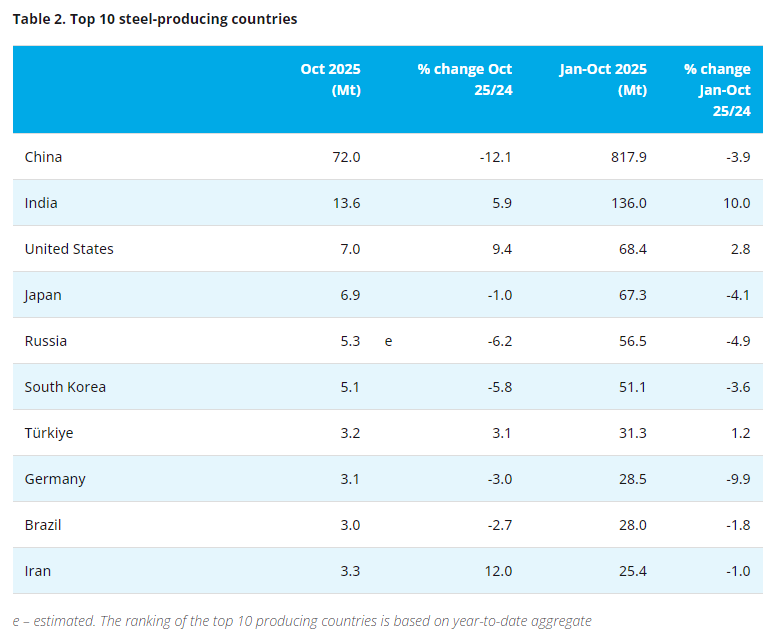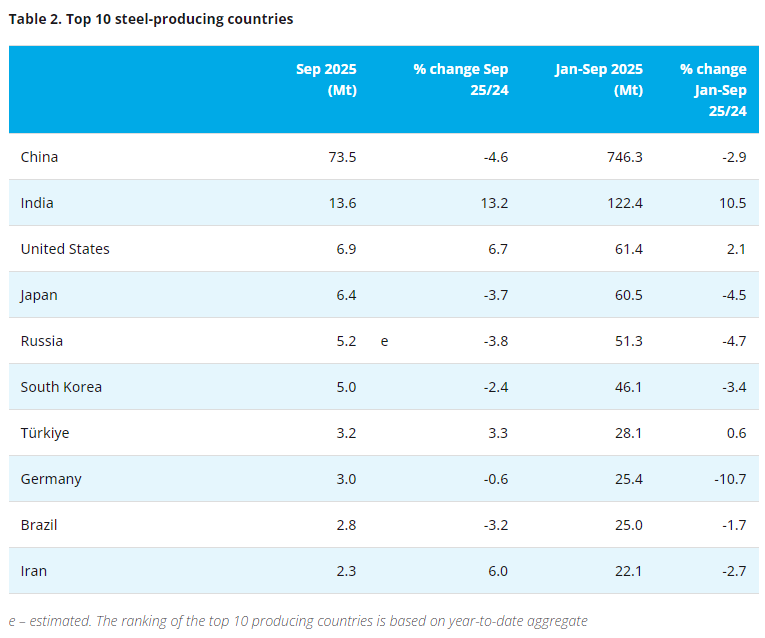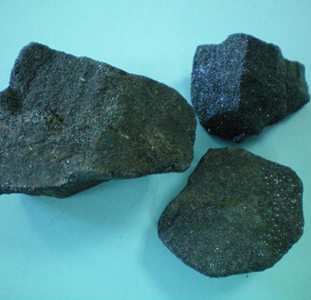[Ferro-Alloys.com] India cracking down on steel imports, backing PSU Global acquisitions, green steel-making push planned: Kumaraswamy
A 12% safeguard duty has already been imposed on select metal imports for 200 days, effective from April 21, 2025. The immediate focus is on monitoring its impact on the domestic market
HD Kumaraswamy, Union Minister for for Steel and Heavy Industries
India’s Steel Ministry “is monitoring” the impact of 12 per cent safeguard duty imposition on metal shipments from China and Vietnam, says Union Minister for for Steel and Heavy Industries, HD Kumaraswamy. Although temporary, the duty was necessary to protect domestic industry from “serious injury” in view of the sharp surge.
Protective measures such as anti-dumping duty have also been imposed on select offerings coming in from the Republic of Korea, Japan, and Singapore, he adds.
Trade negotiations are also ongoing with the US, even as Ministry PSUs are exploring acquisition of steel-making feedstock resources abroad.
In an interview to businessline, Kumaraswamy talks about dealing with steel import concerns, expected domestic demand growth in FY26, pushing PSUs towards overseas acquisitions for ensuring raw material security; and green steel making.
Edited excerpts:
India has finally imposed a safeguard duty of 12 per cent on steel import. Your comments.
Safeguard duty is a temporary measure to provide immediate relief to domestic producers and ensure a level playing field in the steel sector. Under the leadership of Prime Minister, Narendra Modi, a 12 per cent duty on select steel imports for 200 days was imposed. The DGTR has found a sharp and sudden surge in imports of the subject goods, causing and threatening serious injury to the domestic industry. Given the critical circumstances, it has recommended immediate provisional safeguard measures to prevent irreparable damage. Safeguard will help our domestic producers compete fairly by neutralizing the impact of cheaper imports that could otherwise flood the market and destabilize prices. It ensures that Indian manufacturers get the breathing space they need to sustain production, maintain employment, and continue investing in capacity and technology. It is not a long-term measure, but a necessary step to prevent injury to the domestic industry during times of global price volatility or dumping.
Considering imports are at a 10-year high, will the Ministry still push for 20 per cent safeguard duty and expand scope to other countries
A 12 per cent safeguard duty has already been imposed on select metal imports for 200 days, effective from April 21, 2025. The immediate focus is on monitoring its impact on the domestic market. Typically, safeguard duty is determined based on the extent of injury caused to the domestic industry and follows a detailed investigation conducted by the DGTR.
Safeguards apply to China and Vietnam. But there is also rising trend of imports from other FTA countries like Japan and Korea. Any suggested or possible corrective action?
The Indian steel industry is facing significant pressure due to a surge in low-cost imports, primarily from China, which adversely impact the profitability and the expansion plans of domestic producers. Safeguard and anti-dumping duties have been imposed on certain products such as electro-galvanized steel imported from the Republic of Korea, Japan, and Singapore ensuring a level playing field for Indian manufacturers. Concerted efforts are on to improve competitiveness of the domestic steel industry and reduce reliance on imports. This includes the PLI Scheme for Specialty Steel to promote domestic manufacturing, enforcement of Steel Quality Control Orders to prevent sub-standard imports, and stricter government procurement policy to encourage ‘Make in India’ offerings.
What sort of negotiations are underway for better access to US markets?
India continues to engage with the US to achieve enhancement and broadening of bilateral trade ties in a mutually beneficial and fair manner. Both nations have reaffirmed their commitment to deepening economic ties. Under “Mission 500”, both countries aim to more than double Indo-US trade to $500 billion by 2030 through deepening trade relationship across multiple sectors including steel.
For FY26, how is steel demand expected to be in India?
Steel demand in FY26 is expected to grow steadily at about 11 - 12 per cent (y-o-y), with the government’s infrastructure push, especially under the PM Gati Shakti Master Plan and industrial corridor projects. We’re also seeing strong urbanization-led demand. Additionally, automotive and core industries continue to further push steel consumption.
A major concern continues to be sourcing coking coal, where India is import dependent. Any diversification plans?
To reduce over dependency on Australia, India is actively pursuing diversification of its coking coal imports. This strategic move comes in response to the approximately 70 million tonnes (mt) consumed annually by Indian steel companies. Potential alternative sources being explored include Africa, the USA and Mongolia. It signals a proactive approach to strengthening the resilience and cost-effectiveness of the domestic steel industry’s raw material supply.Two steel PSUs, NMDC and MOIL are in the process of acquiring and developing mining assets in foreign countries.
What sort of acquisitions are these?
Yes, the Indian government is actively encouraging PSUs to acquire mining assets abroad, particularly for critical minerals, to ensure a stable supply of essential raw materials and reduce import dependence. Two PSUs under our ministry (NMDC and MOIL) are actively exploring opportunities for acquiring mining assets — including iron ore, manganese ore, and other critical minerals —in regions like Africa, Australia, Russia and other strategic geographies.Two PSUs under our ministry (NMDC and MOIL) are actively exploring opportunities for acquiring mining assets — including iron ore, manganese ore, and other critical minerals —in regions like Africa, Australia, Russia and other strategic geographies
Will there be a push towards greener steel making?
Decarbonization of the steel industry is a strategic priority. In line with the COP26 pledge to reduce carbon intensity by over 45 per cent by 2030, the Ministry is actively working to reduce CO? emissions in the sector and promote clean energy. Key steps include the release of the Taxonomy for Green Steel defining low-emission steel and a comprehensive roadmap and action plan. Seven pilot projects have been awarded under the National Green Hydrogen Mission to introduce hydrogen in steel-making. Additionally, the National Solar Mission supports renewable energy use in the industry.
Source: Businessline,
- [Editor:tianyawei]



 Save
Save Print
Print Daily News
Daily News Research
Research Magazine
Magazine Company Database
Company Database Customized Database
Customized Database Conferences
Conferences Advertisement
Advertisement Trade
Trade
















Tell Us What You Think